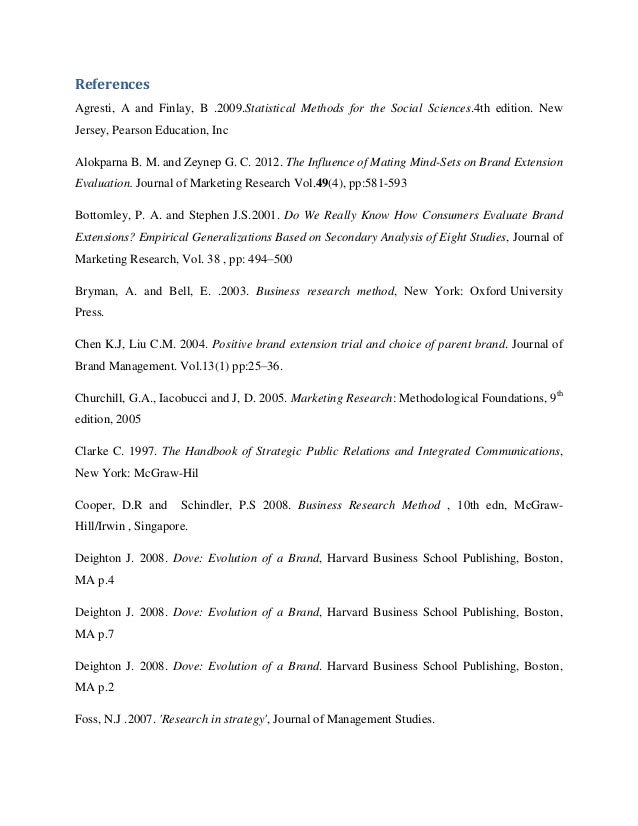Statistical Methods For The Social Sciences Agresti
Statistical methods applied to social sciences, made accessible to all through an emphasis on concepts Statistical Methods for the Social Sciencesintroduces statistical methods to students majoring in social science disciplines. Statistical Methods for the Social Sciences / Edition 4. The biomedical and social sciences. And Statistical Methods for Actuarial Sciences and.
Find more information about: ISBN: 9950X 5663216656474 OCLC Number: 173243875 Description: xiii, 609 pages: illustrations; 26 cm Contents: 1. Introduction -- 2. Carl Crack Discogs.

Sampling and Measurement -- 3. Descriptive Statistics -- 4. Probability Distributions -- 5. Statistical Inference: Estimation -- 6. Statistical Inference: Significance Tests -- 7. Comparison of Two Groups -- 8. Analyzing Association between Categorical Variables -- 9.
Linear Regression and Correlation -- 10. Introduction to Multivariate Relationships -- 11. Multiple Regression and Correlation -- 12. Comparing Groups: Analysis of Variance (ANOVA) Methods -- 13. Combining Regression and ANOVA: Quantitative and Categorical Predictors -- 14. Model Building with Multiple Regression -- 15. Logistic Regression: Modeling Categorical Responses -- 16.

An Introduction to Advanced Methodology -- App. SPSS and SAS for Statistical Analyses -- App. Answers to Selected Odd-Numbered Exercises. Responsibility: Alan Agresti, Barbara Finlay.
More information: • •. 'This text is readable, understandable, and well-organized. It provides good examples with SPSS output.' (Robert Wilson, University of Delaware). 'Overall, [Agresti/ Finlay] is a good book for introductory statistics that targets general audiences.it covers most topics you want to cover and allows the instructor to choose which topics to include.' (Youqin Huang, State University of New York, Albany) 'I originally started using the Agresti/ Finlay book based on its reputation as 'the class of the market', in terms of being unfailingly statistically correct and having a 'modern' perspective. By 'modern', I mean that it is model rather than test oriented, that it gives heavy emphasis to confidence intervals and p-values rather than using arbitrary levels of significance, and that it eschews computational formulae.
It has met those expectations.' (Michael Lacey, Colorado State University) '.the book has been a good and helpful resource for me in preparing the class notes and assigning homework qustions. The main concepts to be understood by students are sampling distribution, confidence interval, p-value, linear regression. The book helps in this.' (Arne Bathke, University of Kentucky) Read more.
The book presents an introduction to statistical methods for students majoring in social science disciplines. No previous knowledge of statistics is assumed, and mathematical background is assumed to be minimal (lowest-level high-school algebra). The book contains sufficient material for a two-semester sequence of courses.
Such sequences are commonly required of social science graduate students in sociology, political science, and psychology. Students in geography, anthropology, journalism, and speech also are sometimes required to take at least one statistics course.
'synopsis' may belong to another edition of this title. About the Author: Alan Agresti is Distinguished Professor in the Department of Statistics at the University of Florida. He has been teaching statistics there for 30 years, including the development of three courses in statistical methods for social science students and three courses in categorical data analysis. He is author of over 100 refereed article and four texts including 'Statistics: The Art and Science of Learning From Data' (with Christine Franklin, Prentice Hall, 2nd edition 2009) and 'Categorical Data Analysis' (Wiley, 2nd edition 2002). He is a Fellow of the American Statistical Association and recipient of an Honorary Doctor of Science from De Montfort University in the UK.